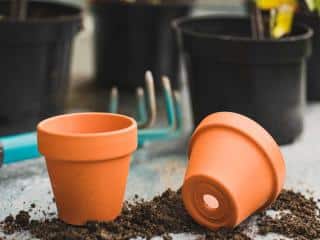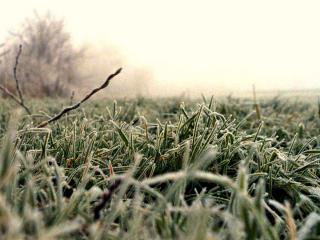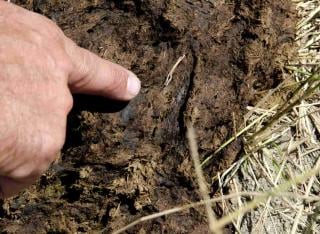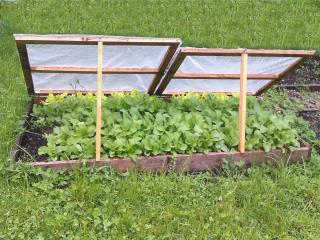

January is often a time of new resolutions, promises to do things better as you start planning your garden tasks.
Nicer days aren’t far off and nature is beginning to clamor for life… These cold but luminous days are great to get work done and to shed extra pounds put on during recent feast days.
Tradition calls for well-wishing to all as the year starts in most of the world! May every passing day make you a better person in character, relationship, and health!
<!–
–>
January is often the coldest month of the year (well, in the Northern hemisphere) and for gardeners it is often impossible to sink a spade in the frozen soil.
Plants are resting, all the while doing their best to cope with freezing at night and in the early morning.
It’s usually quite difficult to plant in January because, as mentioned earlier, the soil is often rock-hard.
However, if a mild spell occurs, feel free to plant the remaining trees, shrubs and fruit trees that you perhaps haven’t had time to plant yet.
You can also move all your deciduous plants around as long as it doesn’t freeze because their vegetation is at a complete stop and they can thus be handled without fear.
If your climate is mild in this period, it’s a good time to spray for the first time of the year a preparation of Bordeaux mixture.
This will speed regrowth by protecting the plants from fungal diseases.

If hard frost spells haven’t yet hit your area, now is the time to protect your plants from the cold.
Prepare your garden boxes because the planting of primroses and pansies isn’t far off.
You can even plant them at the end of the month if the climate is rather mild in your area.
A few shrubs and trees are bursting into bloom, such as mimosa and winter camellia. Naught to do for mimosa, but for camellia you can deadhead to keep only the most beautiful flowers on the tree.
It is still time to plant fruit trees if the temperature is above freezing.
Now is also the season to perform the winter pruning of fruit trees.
If you’ve already planted your fruit trees, check that they’re still in shape after their first few weeks or months, and replace ties and stakes if they’ve come loose.

On days when it isn’t freezing, there’s nothing to do except perhaps lightly topdress the lawn with a very thin layer of compost.
Although for the most part winter crops can survive the cold without any form of protection, it is nonetheless advisable to protect them in case of extreme cold.
For that, use mulch, dried leaves or straw which will make pulling them out easier since it will keep the soil from freezing.

Indeed, mixed into mulch, microbial activity will give roots a few precious degrees more.
Best is to always spread lots and lots of it!

Such are carrot, cabbage, leek, endives (chicory), lettuce, and turnip. <!–
–>
With the cold come hardships for little animals.
There we go! That was it for January. Spend time planning your garden near the stove with a piping hot mug of tea, that’s enjoyable, too! Days slowly grow longer and during the next month you’ll notice the first signs that life is awakening.